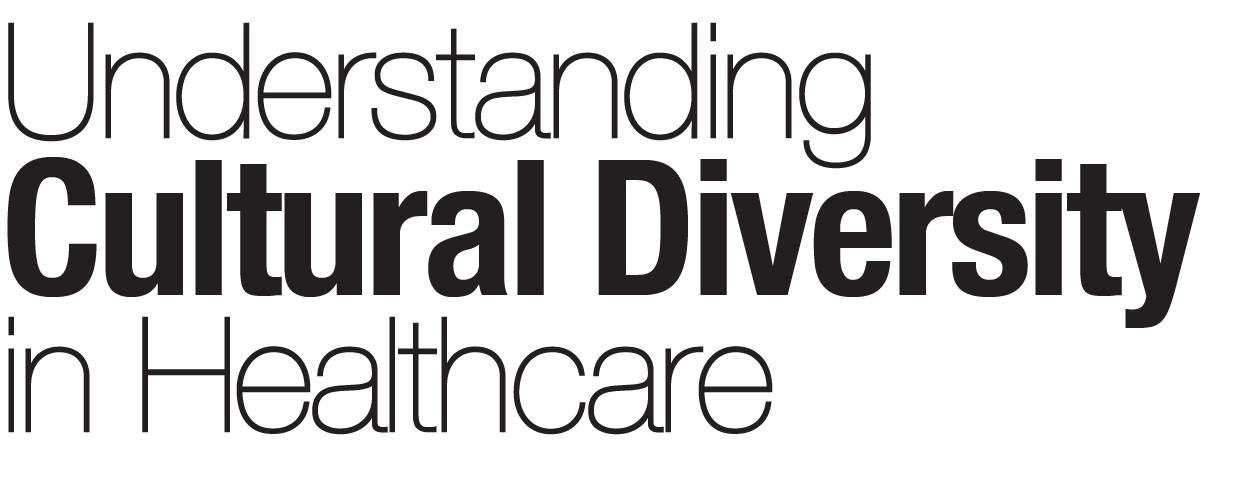I was on a pediatrics visit at Harbor-UCLA hospital learning how to perform a newborn exam. As I followed the Peds attending into the patient’s room, I noticed that the baby’s mom was sitting on the side of the crib talking in Spanish to her husband. The attending, I’ll call her Dr. Gabe, started to explain what is important to notice about a baby, what to look for on the physical exam, and proceeded to ask me questions about the causes of pneumonia and meningitis in the newborn period. As we were talking the patient’s mom came over to the crib. In an attempt to welcome her into our conversation, I said “hello,” and proceeded to complement her on her beautiful child. As soon as I finished the sentence, the mom said “thank you,” but I noticed that she frowned, and her demenour changed slightly – she stopped smiling, and looked nervous.
I wondered what I had done wrong, but soon realized that this family was Mexican, and my complementing words intended as a tool to gain the mother’s trust, resulted in causing her distress. Remembering what I had learned about Mexican culture and “mal de ojo” (evil eye), I touched the baby’s hand, and looked back at the mother. The change was drastic – the mother smiled back at me, and nodded her head. She did not say anything, but her smile and nod tacitly communicated her gratitude for preventing “mal de ojo.”
It’s sometimes frustrating being a medical student, and having to remember laundry lists of diseases, their multiple causes, presentations, diagnostics, treatments, treatment side effects, and more. During this challenging and trying period while the medical student is learning to become a doctor, it is often easy to focus on the studying of diseases, and to approach a patient with the perspective of having to figure out what is wrong and how to fix it. What medical students and doctors often forget is that a patient’s belief structure may be a very important part of their life, and unless this aspect is respected, they will not form a coalition with the doctor to help solve the mystery of their own sickness. Knowledge of culture is an essential tool that should be understood and remembered along side with anatomy, pathology, and other important traditional medical school subjects.
A Persian Case of Evil Eye
by a 3rd year undergraduate student at UCLA
A few years ago, I experienced a ritual frequently practiced in my mother’s sister’s husband’s family. That branch of the family is Persian Jewish and originally from Kashan, Iran. I had just recovered from an illness at the time. My uncle, aunt, and parents sat me down in my aunt’s house and my uncle explained that he was going to ward off the evil spirits that had caused my illness, specifically those originating from the evil eye. As he held a hard-boiled egg in his hand, I named each person I could think of, which my uncle then wrote on the egg. When I had finished, I repeated the names. He drew a circle around each name as I spoke it, dotted it (with pressure), and waved it around my head, chanting door be-sheh, (“may it become distant.”) The person whose name was “dotted” when the egg finally broke was determined to be the one responsible for giving me the evil eye and making me ill.
